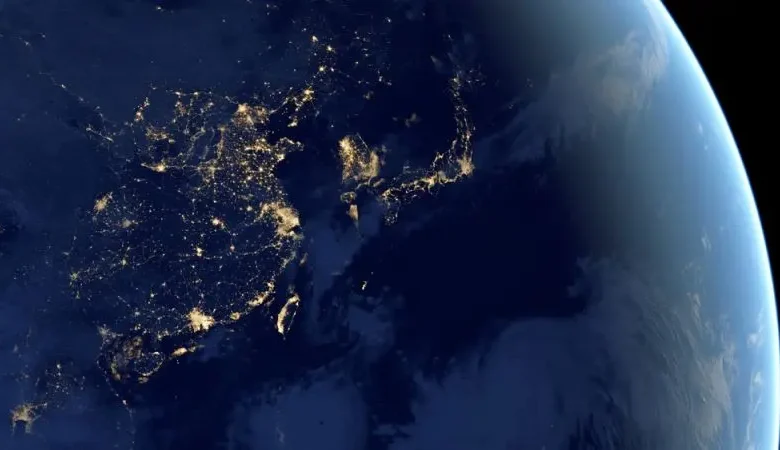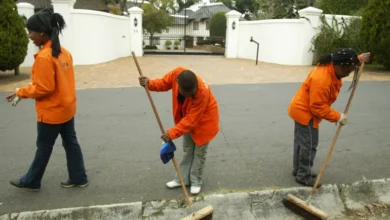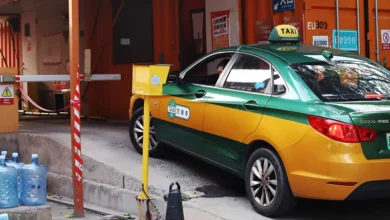Chinese satellite breaks into pieces during launch

A Chinese Long March 6A rocket broke apart in low-Earth orbit and formed a debris field with hundreds of pieces, confirmed by U.S. Space Command.
“USSPACECOM has observed no immediate threats and continues to conduct routine conjunction assessments to support the safety and sustainability of the space domain,” a U.S. Space Command spokesperson said.
NASA public affairs officer Rob Margetta said there was no immediate threat to the International Space Station.
Satellite monitoring company LeoLabs estimated there were at least 700 fragments created by the rocket’s break-up.
While there’s no immediate danger, it’s possible that the fragments could eventually descend to where the space station and SpaceX’s Starlink satellites are located.
Slingshot Aerospace said debris from the rocket poses “a significant hazard to LEO [low-Earth orbit] constellations below 800 km altitude.”
“If even a fraction of the launches required to field this Chinese mega-constellation generate as much debris as this first launch, the result would be an untenable addition to the space debris population in LEO,” Slingshot Aerospace Audrey Schaffer, vice president of strategy and policy said in an emailed statement.
The Chinese rocket was launched Tuesday carrying 18 satellites. The satellites were successfully deployed but the rocket’s upper stage broke apart.
Those satellites are the first-generation Spacesail satellites being used by China to improve and provide global Internet access.










